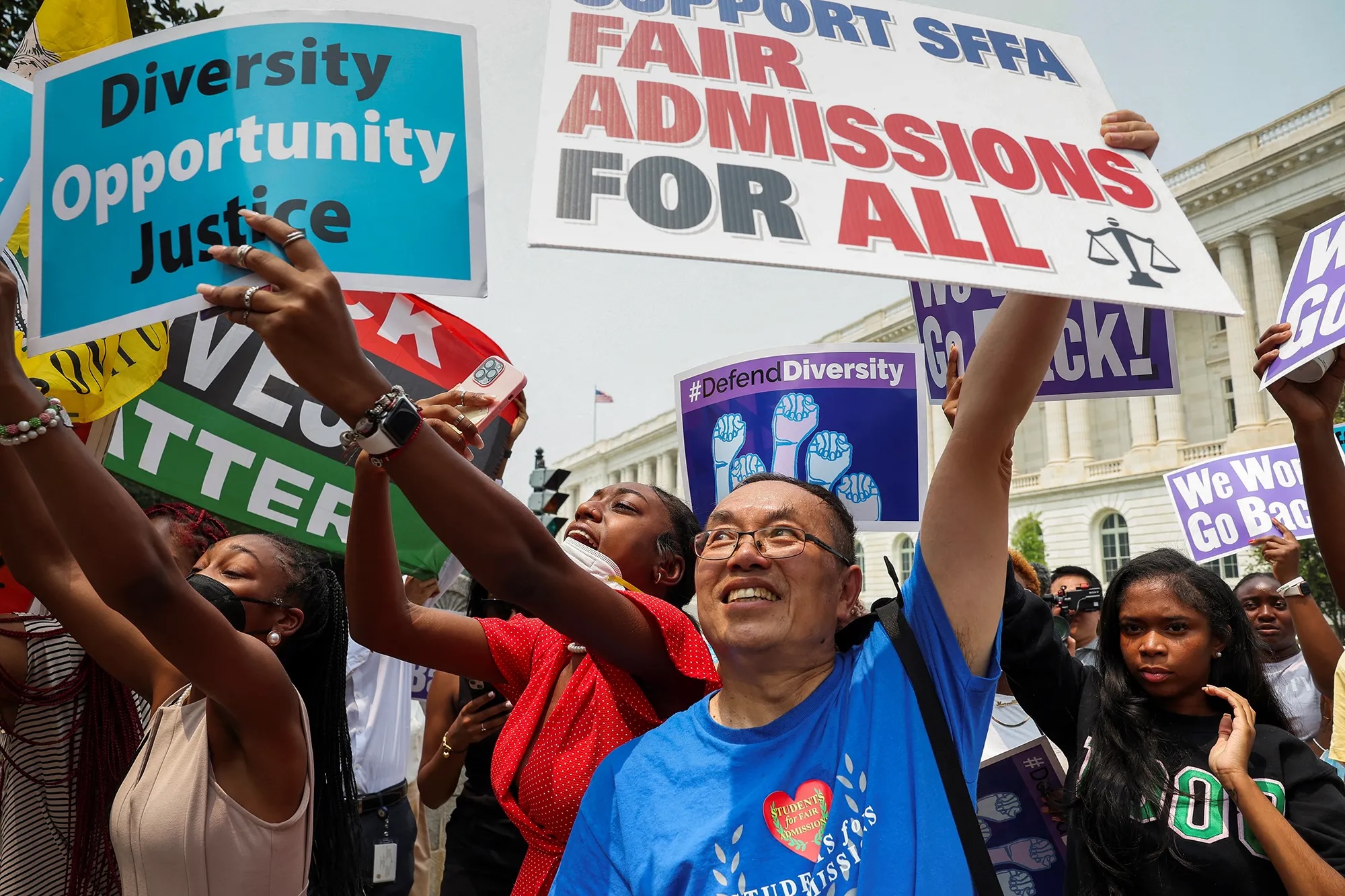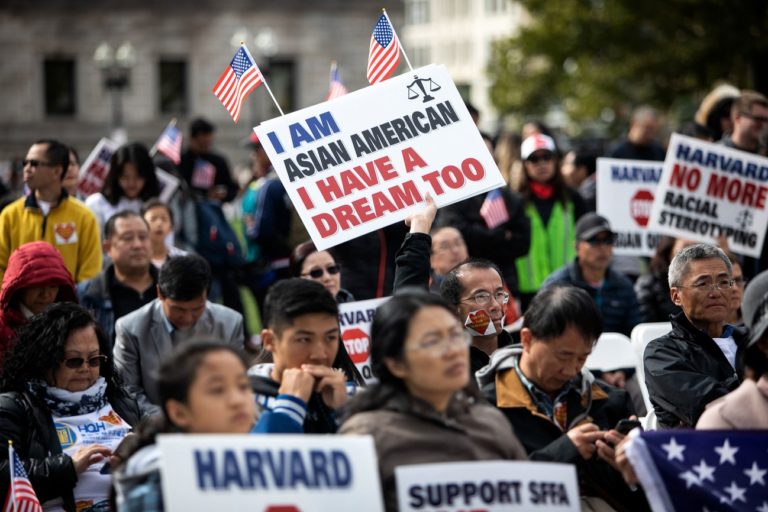
On Sept. 30, 2024, California Governor Gavin Newsom signed Assembly Bill No. 1780, which effectively banned legacy and donor preferences in all California universities, public and private. The bill was created by Assemblymember Phil Ting (D-San Francisco), who wanted to ensure college admissions were more fair and equitable by being primarily merit-based.
While the bill bans legacy considerations for all colleges in California, California’s public school system, the University of California, has not considered legacy in their admissions process since 1998. Still, given the large number of private prestigious institutions in the state, being legacy blind will be influential in the college admissions process across the country.
California is not the first state to ban legacy admissions. While states like Colorado, Illinois, and Virginia have banned legacy consideration in public institutions, Maryland has paved the way by banning legacy admissions in both public and private universities, arguing that they are both funded by the state (albeit at different levels), and therefore should be held to similar standards.
This standard should be upheld by states across the nation, including New York. Legacy or donor status has absolutely nothing to do with how well a student is fit for a school or how prepared or deserving they are to attend. This begs the question: why do colleges care so much about legacy students then?
Massachusetts Institute of Technology Professor Emilio Castilla found that legacy admissions is economically beneficial for universities. Universities assume and hope that by having family members that all attend the same institution will increase their donation dollars. However, many of these large prestigious institutions do not need these little bits and pieces of donations, as they receive large amounts from individual donors — for example, John Paulson donated $100 million to New York University in 2012. Ultimately, these are the donations that matter most, the ones that are funding entire buildings, not legacy donations. The loss of legacy donations to create a more fair admissions process is a small price to pay.
This is even more relevant with the 2023 Supreme Court decision to reverse their precedent on affirmative action in two cases, Students for Fair Admissions, Inc. v. President and Fellows of Harvard College and Students for Fair Admissions, Inc. v. University of North Carolina. Overturning affirmative action banned colleges from being able to consider race in the college admissions process. This decision has thus affected the current freshman class, the class of 2028, and their race demographics. The ruling has been especially impactful for Black and brown students. For example, Columbia University’s freshman class’ Black student population dropped from 20 percent to 12 percent in just one year. Ultimately, the banning of affirmative action has led to the serious consequence of a less diverse student body.
Legacy admissions is an extension of this. There is no denying that legacy students are primarily wealthy white students as their families were the only ones who had the opportunity to achieve higher education when they were younger. Legacy admissions only perpetuates this cycle, as wealthy white kids have an easier time getting in, have an easier time in the job market to make money, and will ultimately have kids who will benefit from this legacy, too.
As this cycle continues, this encourages predominately white institutions to stay that way, while unintentionally preventing marginalized communities from breaking into higher education. It gives a leg up to those that already have the leg up and continues to create barriers for everyone else. Banning legacy admissions is an attempt at leveling the playing field. In a post-affirmative action world, we need to do everything we can to ensure that every student has an equal chance at receiving the education they deserve.
The Zeitgeist aims to publish ideas worth discussing. The views presented are solely those of the writer and do not necessarily reflect the views of the editorial board.



